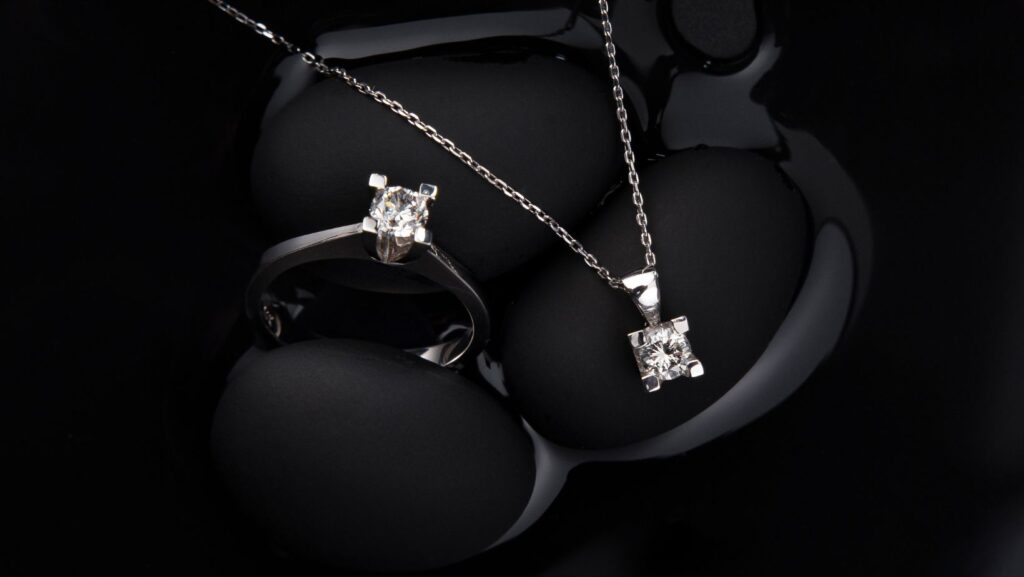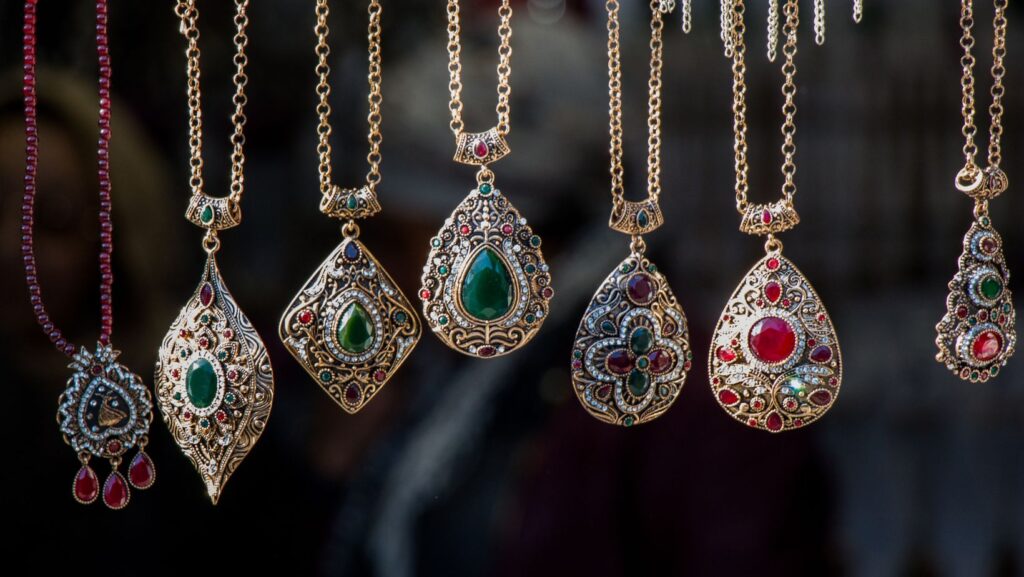Classic Hardware Jewelry

Classic hardware jewelry is making a stylish comeback, captivating those who appreciate a blend of industrial charm and timeless elegance. These unique pieces, crafted from materials like nuts, bolts, and chains, offer a bold statement that’s both edgy and sophisticated. As fashion trends lean towards sustainable and innovative designs, hardware jewelry provides an alluring option for individuals seeking to stand out.
In an era where personalization is key, classic hardware jewelry allows wearers to express their distinct style. Each piece tells a story of creativity and resourcefulness, transforming everyday objects into wearable art. This trend not only celebrates the beauty of unconventional materials but also highlights the craftsmanship involved in creating intricate designs.
For those eager to explore the world of classic hardware jewelry, the allure lies in its versatility. Whether paired with a casual outfit or an elegant ensemble, these pieces add a touch of uniqueness that’s hard to ignore.
The History Of Classic Hardware Jewelry

Classic hardware jewelry dates back to the early 20th century when artists began repurposing industrial materials into wearable art. These pioneering designers sought to break away from traditional jewelry by experimenting with unconventional materials like metals and screws. The movement gained traction during the Art Deco era, where geometric forms and symmetry were celebrated, aligning well with the structured aesthetics of hardware pieces.
In the 1960s and 1970s, classic hardware jewelry experienced a renaissance. Counterculture movements embraced the reimagining of ordinary items into extraordinary designs, which challenged perceptions of luxury and fashion. This period saw a surge of DIY jewelry-makers adopting hardware as their medium of choice, inspired by the punk and postmodern art scenes.
Today, classic hardware jewelry serves not only as a fashion statement but also as a reflection of historical and cultural shifts. Its evolution from functional objects to symbols of creativity and rebellion illustrates a timeless appeal that resonates with contemporary aesthetics. Classic hardware jewelry remains influential, continuing to inspire designers to blend form and function in innovative ways.
Key Characteristics Of Classic Hardware Jewelry
Classic hardware jewelry combines robust materials with intricate designs to create pieces that stand out. These features highlight its unique blend of strength and artistry.
Materials Used
Classic hardware jewelry often incorporates industrial elements like nuts, bolts, and chains. Designers select durable metals such as brass, copper, and steel to ensure longevity and strength. These materials lend an edgy aesthetic while offering structural support for intricate designs. Adding recycled components contributes to sustainability, echoing trends in eco-friendly fashion.
Design Elements
Geometric shapes and symmetry dominate the design of classic hardware jewelry. Designers use bold lines and repeated patterns to create visually striking pieces. Often, they incorporate mixed textures by combining plated metals with matte finishes. The use of negative space adds depth to designs, enhancing the bold industrial character of the jewelry.
Popular Styles In Classic Hardware Jewelry
Popular styles in classic hardware jewelry combine vintage elements with modern innovations. These styles embrace both historical charm and contemporary flair, showcasing the versatility of this unique fashion accessory.
Vintage Appeal

Vintage appeal in classic hardware jewelry often draws inspiration from the Industrial Revolution. Pieces frequently feature intricate detailing, such as filigree works akin to Victorian designs. Brass and copper are common materials, providing a warm, tarnished look that enhances the antique aesthetic. Geometric shapes from the Art Deco era often make an appearance, with influences visible in angles and symmetry. Collectors and fashion enthusiasts often seek these styles for their nostalgic value.
Modern adaptations of hardware jewelry focus on minimalist and sleek designs. They incorporate upcycled materials, aligning with eco-conscious trends. Stainless steel and aluminum are popular for their lightweight and durable properties, offering a polished and contemporary feel. Designers often experiment with matte finishes and subdued color palettes. The integration of technology, like magnetic clasps and interchangeable elements, provides functionality without compromising style. Such innovations make these pieces adaptable to various wardrobe choices.

